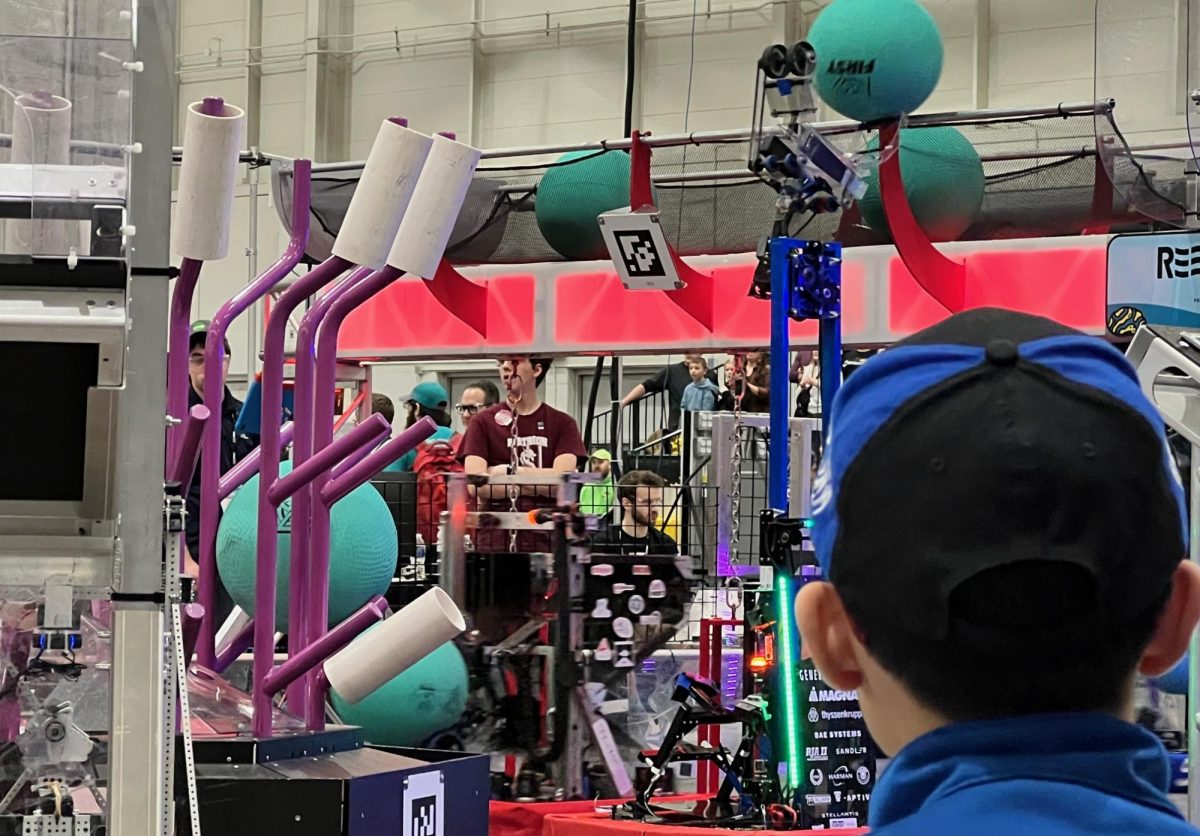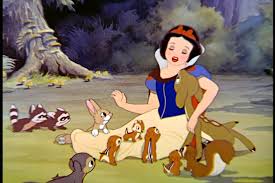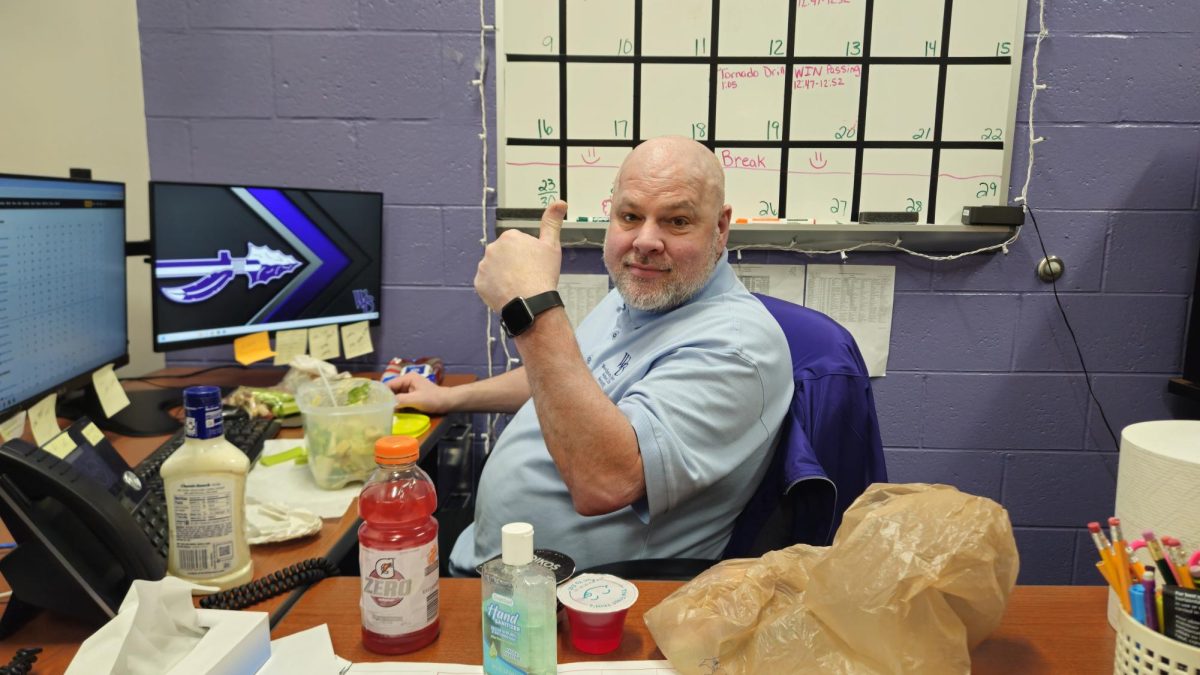The adaptation of “The Last of Us” from a beloved video game to a television series has sparked a whirlwind of opinions among fans and critics alike. While many hail it as a remarkable achievement in storytelling and production, there are undeniable downsides when comparing it to the original game. As someone who has immersed themselves in both the game and the show, I feel compelled to express my thoughts on this intricate dance between fidelity and creativity.
First and foremost, let’s acknowledge what the series got right. HBO’s “The Last of Us” boasts stunning visuals, exceptional performances, and a hauntingly beautiful score that captures the essence of a post-apocalyptic world. Pedro Pascal as Joel and Bella Ramsey as Ellie deliver performances that resonate deeply with audiences. Their chemistry mirrors that of their video game counterparts, drawing viewers into an emotional narrative that explores love, loss, and survival. As Screen Rant aptly notes in one of their episodes, “the performance elevates the material, making even the most mundane moments feel charged with emotion.” This is a testament to the show’s ability to engage viewers on a profound level.
Moreover, the series expands on certain aspects of the story that the game merely hinted at. The addition of new characters and backstories enriches the narrative landscape. For instance, the introduction of Anna, Ellie’s mother, provides a poignant backstory that adds layers to Nellie’s character. This creative liberty allows for deeper exploration of themes such as motherhood and sacrifice, which may not have been as thoroughly examined in the game.
However, as much as I want to celebrate these achievements, there are significant downsides that cannot be ignored. One gland issue is pacing. While the video game inherently allows for slow exploration and character development through gameplay mechanics, the series sometimes rushes through critical plot points. In particular, some fans have noted that certain character arcs feel truncated or underdeveloped compared to their game counterparts. As Screen Rant pointed out, “the show sometimes sacrifices depth for pacing,” leading to moments that last the emotional weight they carried in the game.
Additionally, there are instances where the show diverges from the source material in ways that might alienate dedicated fans. While adaptations often require changes for various reasons, such as time constraints or narrative flow, some alterations feel unnecessary or even detrimental to character integrity. For example, certain character motivations appear altered or simplified in the show compared to their rich development in the game. This can lead to confusion or disappointment among viewers who were exposed to a faithful representation of beloved characters.
Another area where the series falls short is its handling of action sequences. The game is renowned for its intense gameplay mechanics and strategic combat scenarios that keep players on edge. In contrast, some action scenes in the series come across as less impactful or engaging. The thrill of survival and tension-building moments that characterized gameplay can sometimes feel diluted when translated to the screen.
In conclusion, while HBO’s “The Last of Us” is undoubtedly a commendable adaptation that brings breathtaking visuals and powerful performances to life, it is not without its flaws. The pacing issues and deviations from character depth can leave fans lining up for more substance–a challenge inherent in any adoption process. As we navigate this new interpretation of a beloved story, it’s essential to appreciate both its merits and shortcomings. In doing so, we can engage in meaningful discussions about what makes adaptations successful or lacking. After all, whether through controller or remote, we’re all part of this compelling narrative journey together.
As we look ahead to future seasons, one can only hope that the creators find a balance between honoring the original material while also crafting an engaging story for new audiences. After all, “The Last of Us” has so much potential–both on and off the screen. If you want to find more on the inside about “The Last of Us,” visit Screen Rant and watch some of the videos and read some articles. With hidden easter eggs, rants, and more on what you missed.







